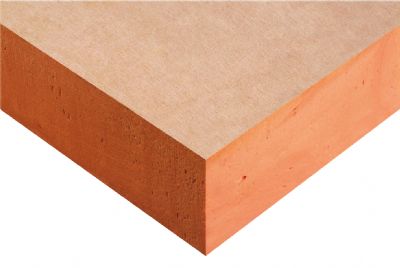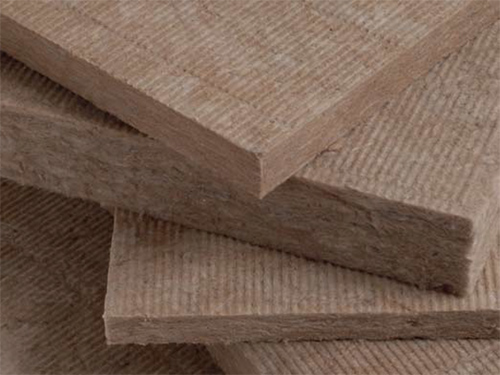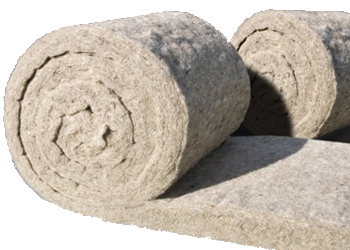Mobile Home Insulation Tips
by Mark Row
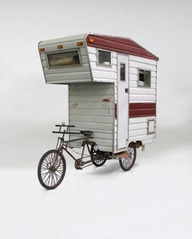 Insulation in Motion
Insulation in Motion
Mobile homes are not an uncommon phenomenon nowadays, due to the fact that people often cannot afford standard houses and apartments and find it easier to invest into something that will not only be their place of residence but will also go wherever they go. Now, if you are among them, know that you do not need to deprive yourself of commodity only because you opted for a less traditional place to leave in. There are a few things you can do in order to improve the quality of life within a mobile home, one of them being mobile home insulation.
First of all, know that mobile homes are those that are designed and constructed in a factory and then delivered to the owner, instead of being built on sight. They are consisted from a base, some cosmetic work used to hide it, wheels, tow-hitches, axels and trailer frames.
There are many types, sizes and constructions of mobile homes and they are known under many different names, usually differing from country to country. In the UK, there are a few basic types of mobile homes (also known as caravans): touring caravans, static caravans and mobile homes. Touring caravans are towed by a car and are usually not that large, while static caravans have larger dimension and are thus transported by lorries to the determined location and less often moved, which makes them much closer to traditional homes. Finally, mobile homes are usually smaller than both type of caravans, with low internal heights and easily decomposed and reassembled.
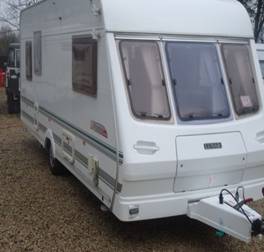
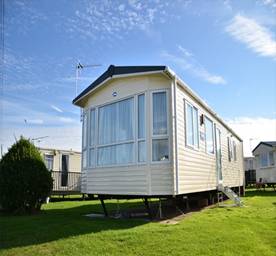
Mobile Home Insulation
Before moving on to mobile home insulation tips, bear in mind, though mobile houses can be more practical than traditional ones, they are also more susceptible to external effects (like the cold, wind, rain, heat etc) and somewhat harder to insulate. However, do not give up on this, since you ill be able to experience all the good things and positive effects of proper insulation in no time.
Organise a thorough inspection of your caravan and detect and define all the weak spots that need to be taken care of.
- Places that are probably the greatest weakness of mobile homes are doors and windows. These need to be properly sealed, since some researches have shown that almost 25% of heat is lost through poorly insulated doors and windows. This is not a very challenging task, since it can be done with nothing more than a weathering tape that is used to seal all the small gaps and holes in windows and doors. For larger ones, you are probably better of with some spray foam insulation material. However, bear in mind that this will only work if you have high-quality windows or even storm windows that only need to be repaired and upgraded. If you are stuck with old, draughty windows, replacing them with new, already insulated windows is most likely a good investment.
- Now, move on to mobile home floor insulation, which should be easier, a especially if the house is not placed directly onto the ground (which is usually the case). Before commencing the insulation process, always check for any damage in the flooring, since this must be dealt with. Seal any gaps or holes in the floor and make sure to drain any build-up water in order of avoiding mold growth. If the mobile home's floor is already insulated, you will need to check whether you can simply add some material (and thus increase thermal performance and energy efficiency), or the previously installed insulation needs to be removed (if anyway damaged). Also, you will need to switch off water and electric supplies and disengage plumbing connectors. Now, you can opt for either blown-in insulators that will be evenly spread under the caravan (just like when insulating the roof) or for some roll insulation with proper R value (like rock or glass wool). If you have opted for this way of insulating your mobile home, just position the material between the floor joists, starting from the main beams at the front towards the end of the caravan. If you want to make sure the insulation will stay in place, use wires to secure it to the joists. Once you have covered the entire area, reattach the previously removed plumbing and wires. Finally, cover the insulation with fabric (or plastic fabric) in order of keeping the cold air away from your mobile home insulation.
- Another place of your mobile home worth insulating is the roof. However, some caravan roofs are not easily accessible, which means that you will probably need to cut a hole in order of placing insulation (consider consulting or hiring a professional to do it). Once you have cut the hole, you can use blown-in insulation to fill the roof space (like fiberglass insulation). Use an insulation blower for this and make sure to evenly fill the roof space with insulation material. Once you are done, you will need to seal the hole you have previously cut with a metal patch (for example) and some waterproof coating on top.
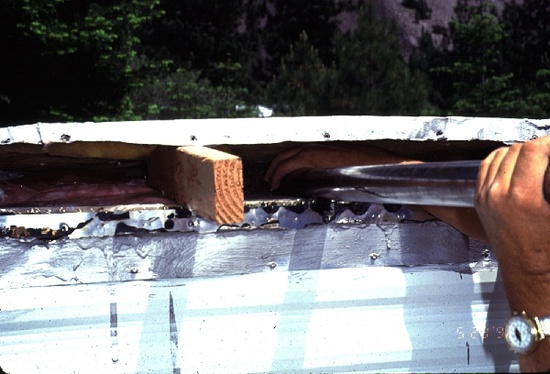
Own a mobile home? Share some practical advice on Mobile Home Insulation and improvement.


























































































































